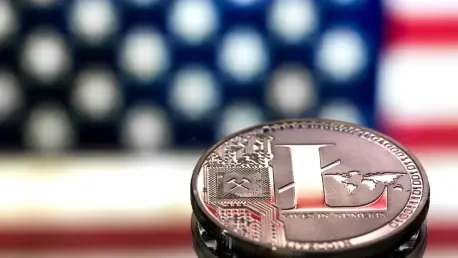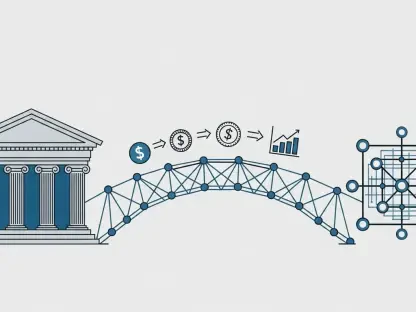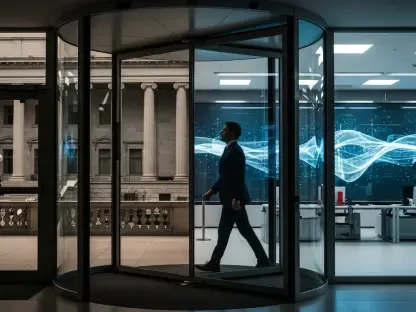Welcome to an insightful conversation on the evolving landscape of cryptocurrency regulation. Today, we’re joined by Kofi Ndaikate, a renowned expert in Fintech with deep knowledge of blockchain, cryptocurrency, and the intricate world of regulatory policy. With the recent push by influential players in the crypto space for a safe harbor program at the SEC, particularly for NFTs and DeFi applications, Kofi is here to unpack the complexities of this proposal, its potential impact on innovation, and what it means for the future of digital assets in the U.S. We’ll explore the concept of safe harbors, the motivations behind this advocacy, the specific challenges facing crypto companies, and how regulatory clarity could reshape the industry.
What does the term “safe harbor” mean when we talk about SEC regulations for crypto projects like NFTs and DeFi applications?
In the context of SEC regulations, a safe harbor is essentially a protective framework that allows certain entities or activities to operate without the immediate risk of enforcement action, even if they might not fully comply with existing rules. For NFTs and DeFi apps, this means creating a space where developers and companies can innovate without the constant fear of being labeled as unregistered broker-dealers or facing lawsuits. It’s about acknowledging that the current regulatory categories—like those under the Exchange Act—weren’t designed with modern blockchain technology in mind. A safe harbor would provide clarity and breathing room, letting these projects grow while the SEC figures out more tailored rules.
Why do you think there’s such urgency behind this push for a safe harbor program right now?
I believe the timing is tied to a combination of mounting legal pressures and a shifting political landscape. Crypto companies are increasingly under scrutiny, with high-profile lawsuits targeting major players for operating without proper registration. At the same time, there’s growing recognition—even from within the SEC—that outdated rules aren’t keeping pace with blockchain innovation. Recent statements from agency leadership about updating regulations signal an openness to change, and advocacy groups see this as a window to push for frameworks like safe harbors that can protect innovation while still addressing legitimate concerns about investor safety.
Can you shed some light on what types of DeFi or NFT applications might qualify for a safe harbor under this proposal?
The key principle here is that only applications that don’t pose the specific risks the SEC’s broker-dealer rules are designed to address would likely qualify. Think of DeFi protocols that are truly decentralized, where there’s no central intermediary profiting off transactions in a way that mirrors traditional brokers. Similarly, NFT platforms that focus purely on digital collectibles or art, without functioning as investment vehicles, might fit the bill. The idea is to carve out space for projects that don’t inherently endanger investors through fraud or mismanagement, distinguishing them from setups that clearly need oversight.
How do you see a safe harbor balancing the dual goals of protecting investors and fostering innovation in the crypto space?
A well-designed safe harbor can act as a bridge between those two priorities. On one hand, it preserves the SEC’s ability to crack down on high-risk activities—think scams or platforms that mislead users about returns. On the other, it gives legitimate developers a clear path to build without the paralyzing fear of misapplied regulations. By setting criteria for what qualifies, the SEC can still monitor the space for bad actors while allowing low-risk, innovative projects to thrive. It’s not a free pass; it’s a structured way to encourage growth without sacrificing consumer protection.
With ongoing lawsuits against major crypto companies for operating as unregistered dealers, how could a safe harbor reshape the legal landscape for these businesses?
A safe harbor could be a game-changer by reducing the legal ambiguity that’s currently fueling these lawsuits. Right now, companies are often caught in a gray area where it’s unclear whether they need to register as broker-dealers. A safe harbor would offer a defined exemption for certain activities, potentially shielding compliant firms from enforcement actions. While it might not eliminate lawsuits entirely—especially for past actions—it could significantly lower the risk moving forward and provide a roadmap for smaller startups to navigate the regulatory maze without the resources of larger players.
Looking ahead, what is your forecast for the future of crypto regulation in the U.S., especially regarding safe harbors for NFTs and DeFi?
I’m cautiously optimistic. The growing dialogue between industry advocates and regulators suggests we’re moving toward more nuanced policies, and safe harbors could be a critical first step in that direction. However, much depends on how lawmakers and the SEC balance innovation with risk. If pending legislation like market structure bills gains traction, we might see a broader framework emerge that incorporates safe harbors as part of a larger overhaul. In the next few years, I expect we’ll see pilot programs or limited exemptions as a testing ground, but it’ll take sustained collaboration to ensure these measures don’t just favor big players but also empower smaller innovators to shape the future of finance.









